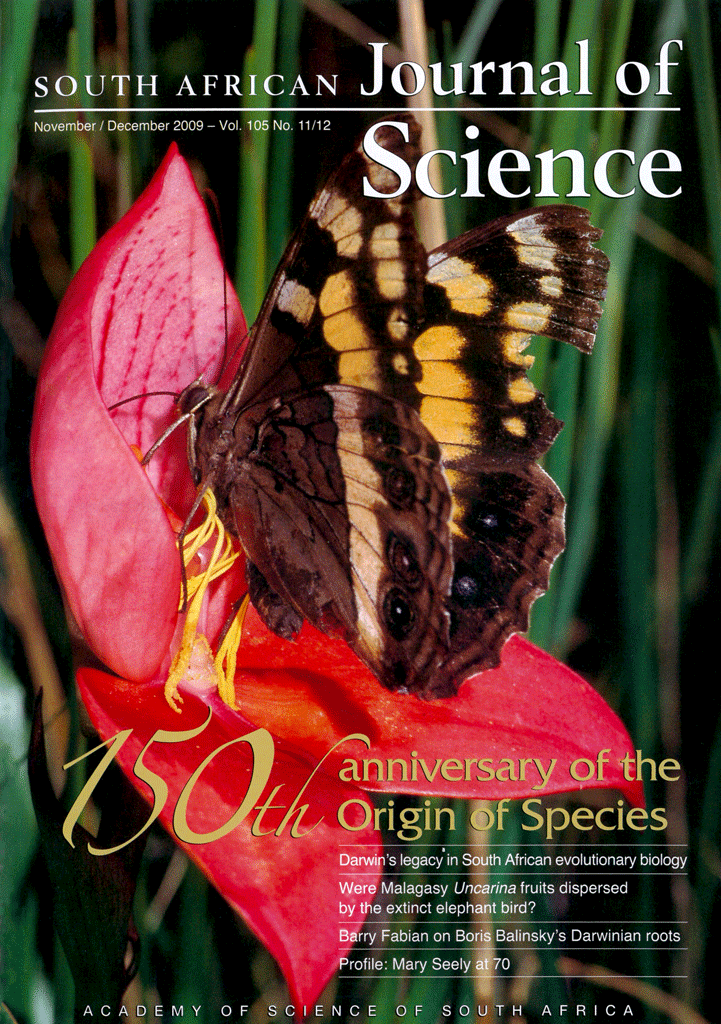Were Malagasy Uncarina fruits dispersed by the extinct elephant bird?
Abstract
We hypothesise that the spiny fruits of the endemic Madagascargenus Uncarina (Pedaliaceae) are trample burrs that evolved to be
dispersed on the feet of the extinct elephant bird (Aepyornis). Our
evidence is: i) the morphology of the fruit with its large grapple
hooks is more likely to attach to a foot than to adhere to fur and
ii) the presentation of mature fruits on the ground rather than in the
canopy. These differences to adhesive burrs make lemurs unlikely
dispersers. We argue, given the absence of other large terrestrial
mammals in Madagascar, that the most likely dispersers of
Uncarina fruits were the extinct large birds. If correct, our hypothesis
has implications for conservation of Uncarina, the biogeography
of the elephant birds and dispersal biology. For
example, we predict that the demography of Uncarina will be
skewed towards adult plants, and that the dispersal mutualism
could possibly be rescued by domestic animals.
Downloads
Published
2010-02-02
Issue
Section
Research Letters
License

All articles are published under a Creative Commons Attribution 4.0 International Licence
Copyright is retained by the authors. Readers are welcome to reproduce, share and adapt the content without permission provided the source is attributed.
Disclaimer: The publisher and editors accept no responsibility for statements made by the authors
How to Cite
Midgley, J., & Illing, N. (2010). Were Malagasy Uncarina fruits dispersed by the extinct elephant bird?. South African Journal of Science, 105(11/12), 467-499. https://sajs.co.za/article/view/10233
Views
- Abstract 134
- PDF 105













.png)